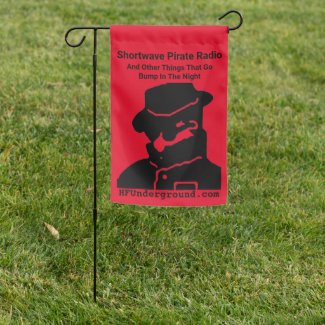Yep, that .6 dB/100ft. is killer. 1/10 of an S unit. Gonna make a big difference on the repeater  WAY easier to string up.
WAY easier to string up.
This is why I went with RG6 vs LMR-400 for my discone. A few dB extra loss over the length of the run. I have a 4:1 splitter that I can connect here in the shack to feed 4 radios, with a 6 or 7 dB reduction in signal of course to each radio vs directly connecting the antenna to one radio. I can just barely hear the difference even on very weak signals.
I often marvel over discussions of signal loss. Some people will agonize over a tenth of a dB loss in connectors and others go “yeah....6 dB....that’s only an S-unit...I can live with that...”
And they are both right. It is all situational.
If your link has plenty of margin, a little extra loss is no big deal. If you are on the hairy edge, it can be a deal breaker. If all you listen to is your local NWS station, almost any antenna will work. If you are trying to hear one 300 miles away, you need a better antenna and feedline.
If you perform a link calculation for a free space path, a 3 dB increase in signal will increase your range 1.41 times. In practice (where a lot of other factors are also in play) you probably won’t see that, but you might see something on the order of a 20% increase in range. Would you notice a 20% range improvement on a daily basis? Maybe not, particularly on analog modulations where you are subjectively trying to decide whether signals are better or not.
For digital signals, 3 dB can make or break you depending on how much link margin you have. The BER curves for common error correcting code modulations are steep. If you are on the wrong side of the curve you get nothing, an extra dB might push you far enough to the other side of the curve to give you near perfect copy. This effect is well documented in the LMR industry where digital modulation (P25, DMR, etc) has firmly taken hold. Weak signal intelligibility is either good or non-existant.
The big reason to worry about every dB is because losses are accumulative. You might spend extra money for better transmission line and then throw the additional gain away by using poor connectors.
If you are designing for situations where you expect to work with marginal signals as a matter of course (e.g. radio astronomy, EME, etc) you are going to chase every dB. If you are putting up an antenna system for casual listening, you can be more willing to make compromises.





 WAY easier to string up.
WAY easier to string up.